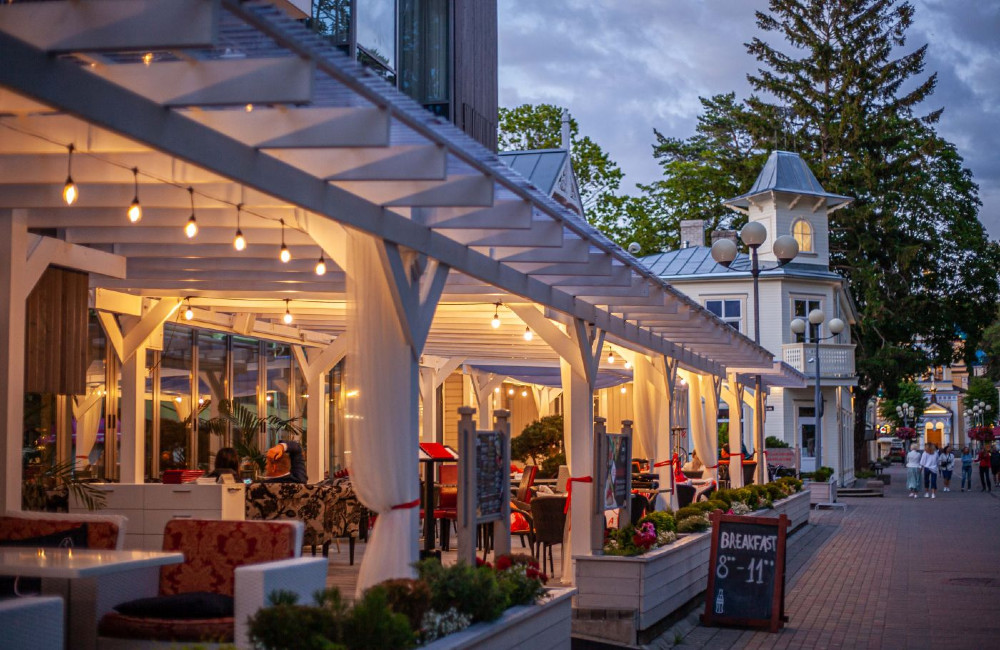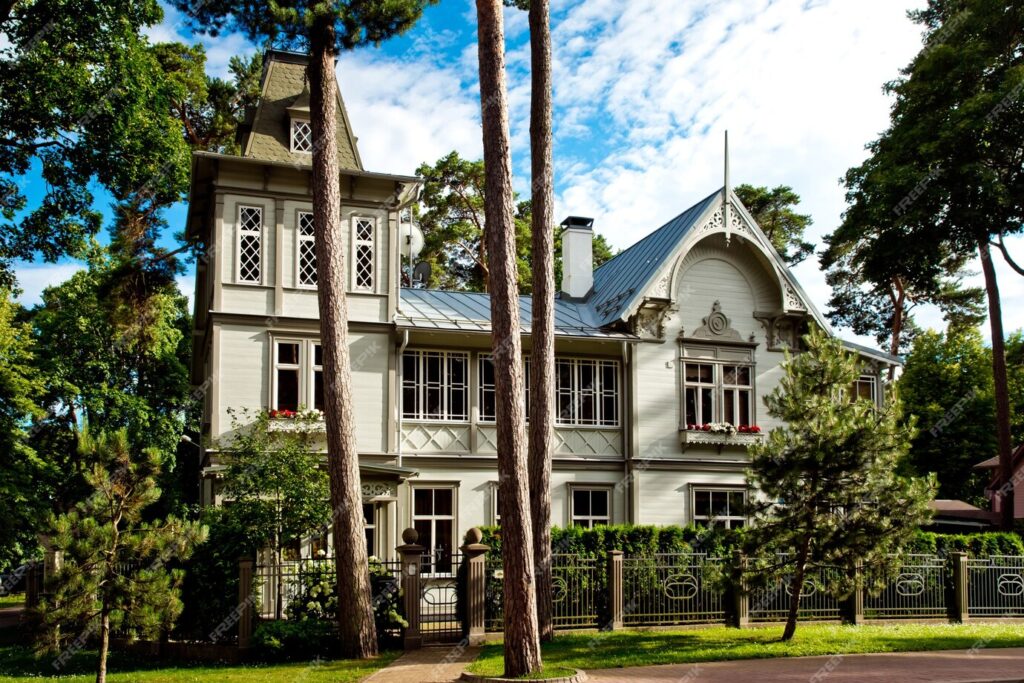Jūrmala is the biggest resort city on the shores of the Baltic Sea in a comfortable geographical location – just twenty kilometres from the capital of Latvia, Riga, and in several hours ride in a car from Tallinn and Vilnius. The presence of the sea, the 24 kilometres long beach and the romantic wooden architecture ensure the unique ambience of the city. The city is approximately two hundred years old and was founded around the time Europe learned about the healing properties of the sea and the first resorts appeared. In our day wild nature, modern spa hotels, cultural heritage and a contemporary city for entrepreneurship and holidays coexist in Jūrmala… (https://www.visitjurmala.lv/en/whats-on/about-jurmala/)
The WCCC venue – Hotel Jūrmala SPA **** has a perfect location right in the heart of the resort town Jūrmala – on pedestrian Street Jomas (train station Majori) and just a few hundred meters from the golden beach.
If you’re looking for accommodation near by, then Majori region or Center of Jūrmala might be used for your search. On Booking.com “Majori” it might be found in the Landmarks selection. Looking for a hotel to book, you can always check the distance in Google maps, entering locations “Jurmala Spa hotel” and [your hotel].
There are many small hotels and apartments in the area. And only few relatively big hotels.
Another big SPA hotel in the area is Baltic Beach Hotel & SPA *****, just 600m from the WCCC venue, has direct access to a private sandy beach.
If you are looking for a quiet place, than LIELUPE by Semarah hotels**** surrounded by pine trees, 7-minutes walk from the beach, might be your choice. A very nice place, but about 15 minutes ride from the center.
Another nice place to stay would be Amber Sea Hotel & SPA****, a boutique hotel 2-minutes walk from the beach, 2km from the center. About 30 min walking distance from our venue.

Jomas iela (Jomas Street) is the heart of Jūrmala. A pedestrian street with a steady stream of vacationers and foreign visitors in all seasons and weather conditions. It’s said that this is the place where Jūrmala began. Back when Jūrmala was still mostly just large expanses of sand, the wind blew it here and there, naturally forming a series of dunes and valleys. In Latvian, such a valley is called a “joma”, and a main road, now called Jomas iela, was eventually established along one of these valleys. Today, Jomas Street is the center of social, cultural and night life; vacationers are pleased with cafes and restaurants, boutiques and souvenir shops, street artists, entertainment centers and cinemas.

Wooden architecture is one of the distinguishing features of Jūrmala, in particular, quaint homes with decorative towerlets and glazed verandas. Wood was chosen as a building material for spa houses already in the mid-19th century, when summer holidaymakers began escaping the city to relax in Jūrmala. The special aesthetic of wood embodied the Neo-Classical, Art Nouveau and National Romantic motifs of that era.
Today some historical buildings have been restored and are available for tourists: Rainis and Aspazija Summer House, Ķemeri National Park Information Center “Meža māja”, the exhibition house of Bulduri.




